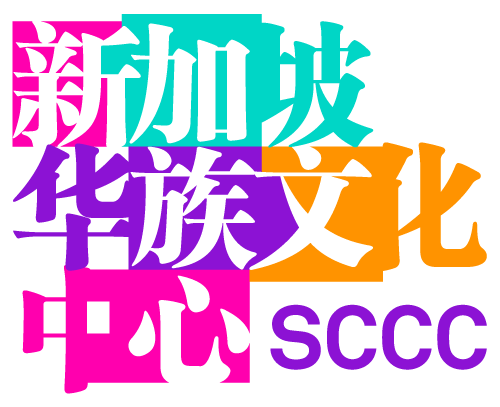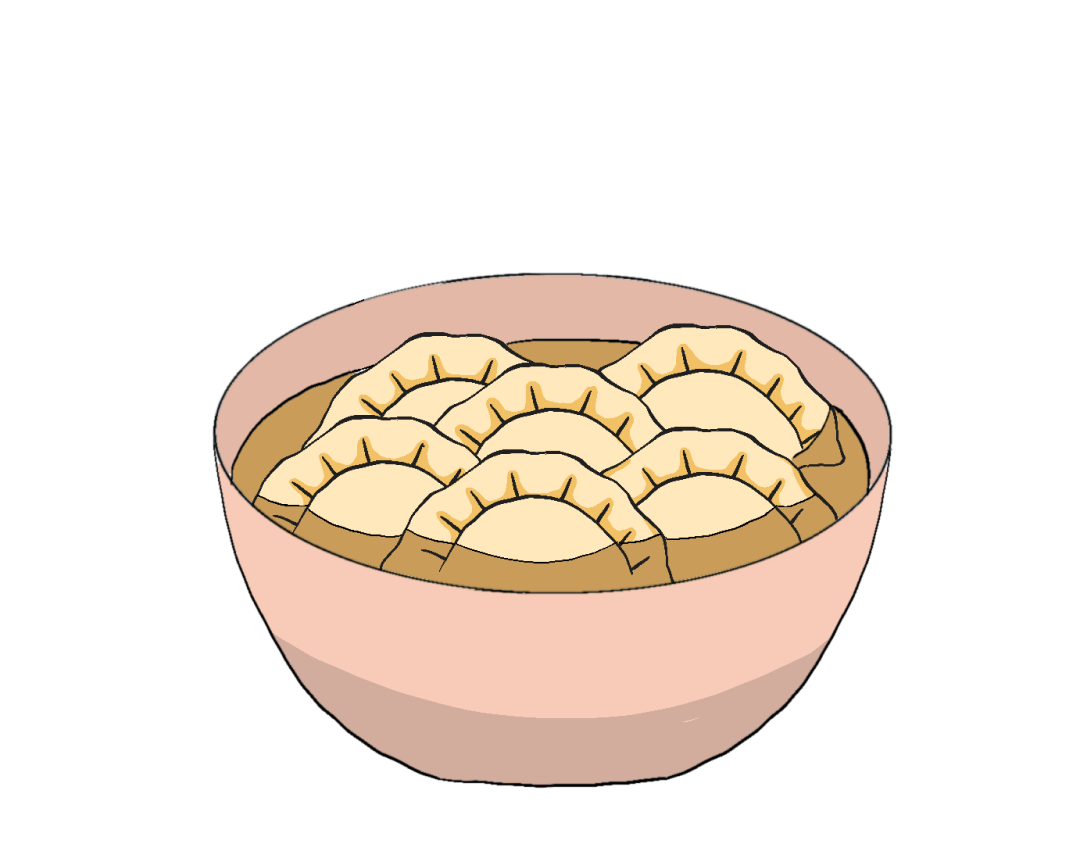The 24 solar terms refers to the 24 periods in the traditional lunisolar calendar, which ancient farmers used to track seasonal changes and plan their farming activities. Each season has six solar terms. In winter, they are the Beginning of Winter, Light Snow, Heavy Snow, Winter Solstice, Moderate Cold and Severe Cold. Winter Solstice refers to the period when the yin energy is at its maximum, as the Northern Hemisphere tilts furthest away from the sun, marking the shortest day and longest night of the year.
In ancient times, people regarded the eve of Winter Solstice as the last day of the year, and celebrated it as the “Little New Year”. However, people stopped celebrating when Emperor Wu of Han decided to fix the new year on the first day of the first lunar month. Still, the saying “everyone becomes a year older right after Winter Solstice” remains. Originally, Dongzhi was also known as Farmers’ Festival, when people offered thanksgiving for good harvests.













